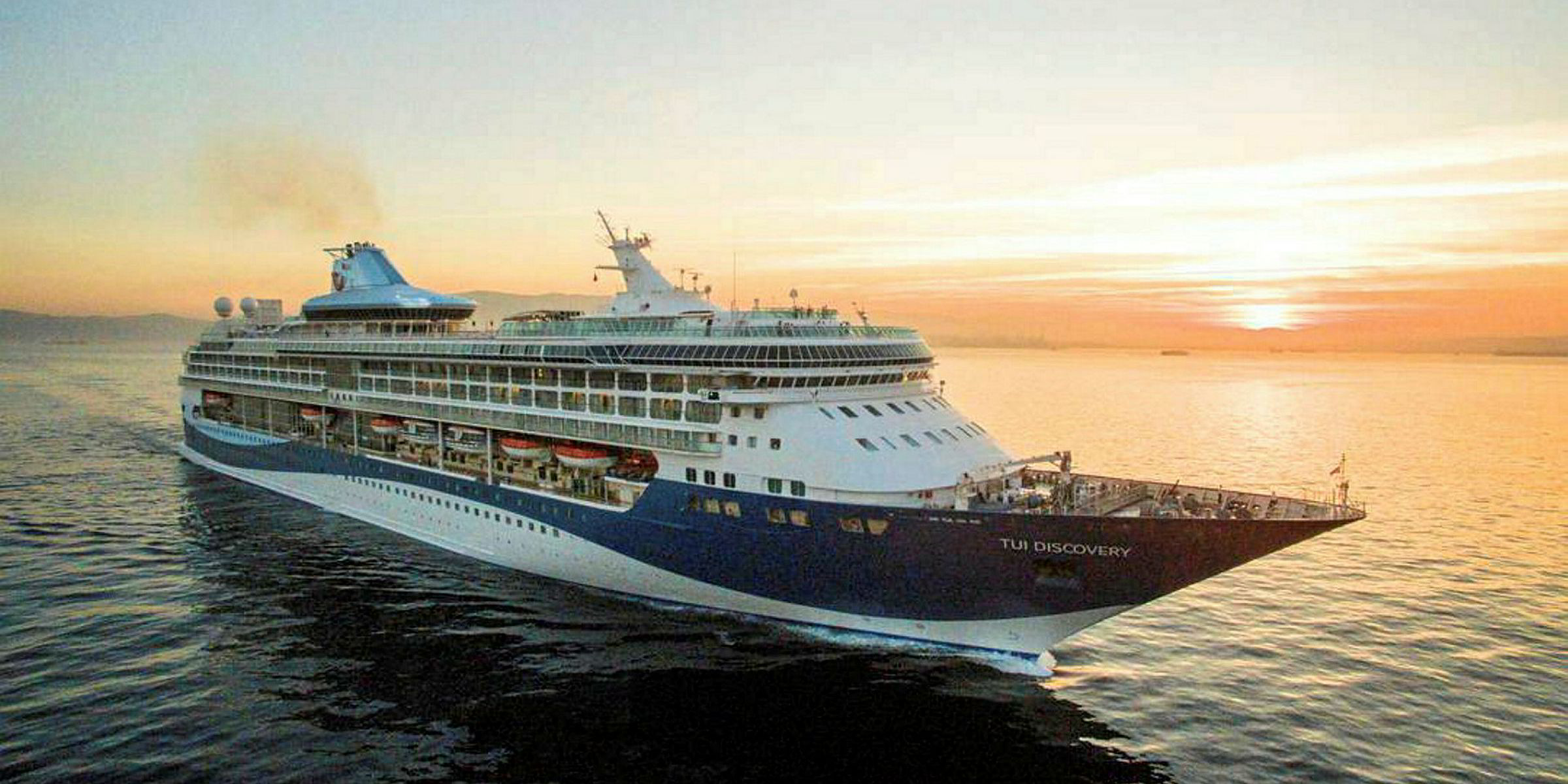A dozen crew were trapped in three workshops next to an engine-room fire, “with no means of escape”, on the 69,400-gt cruiseship Splendour of the Seas (built 1996), it has emerged.
A Bahamas flag-state safety investigation into the October 2015 casualty released this week reveals that the strength of the blaze in diesel generator number one in the forward engine room of the Royal Caribbean Cruises vessel prevented the engineers from getting out until help arrived.
The ship had just left the Greek island of Mykonos when the fire broke out.
“The crew could not escape [from the workshops] due to the intense heat and heavy smoke generated by the fire and remained trapped inside the respective compartments. Later they all managed to escape and suffered minor smoke inhalation in the process,” the report said.
The trapped men had to manipulate ventilation systems to prevent smoke getting into the workshops.
There was also insufficient equipment to allow them to make their own way out. Each workshop had only one emergency equipment berthing device (EEBD), with each unit having a maximum 10 minutes of oxygen.
The trapped men had to wait for the arrival of the firefighting team before they could escape the blaze, and the last three crew located in the workshop closest to the fire were unable to escape until 9.10am — more than an hour after the fire had been discovered.
Although the Safety of Life at Sea Convention does not require specific precautions for workshop areas, the Bahamas report suggests that better safety measures should have been provided.
It says the safety of the engineers in the workshops area was not given an “appropriate level of consideration”.
“Had a means of escape been provided within each workshop located within the machinery space, the crew located within each space would have been able to make their own means of escape without placing themselves or the firefighters conducting the rescue in potential danger,” the report said.
“Additionally, had adequate fire protection apparatus been provided, such as firefighting suits, breathing apparatus, EEBDs (in sufficient quantity for the number of personnel within the space) the risk of exposure to those trapped may have been reduced.”
The Bahamas flag recommends that Royal Caribbean consider a fleet wide review of emergency escape equipment in all workshops and offices within engine rooms. It also wants to see additional training in the operation of emergency equipment given to crew.
The investigation traces the cause of the fire to the failure of a fuel pump securing stud that was not tensioned correctly. It suggests that had manufacturer’s instructions been correctly followed, the failure could have been avoided.
A fuel leak was also discovered before the blaze started and the Bahamas suggests that had the FlexiFOG system been deployed as soon as the leak was detected, the probability of ignition would have been significantly reduced.
However, the fire-response measures worked effectively, with minimum impact on the safety of passengers and crew. Only two of the 2,626 passengers onboard were treated for minor injuries, while 25 crew were treated for smoke -inhalation.
The Splendour of the Seas was sold to the TUI Group in June 2016 and is now named the TUI Discovery.



